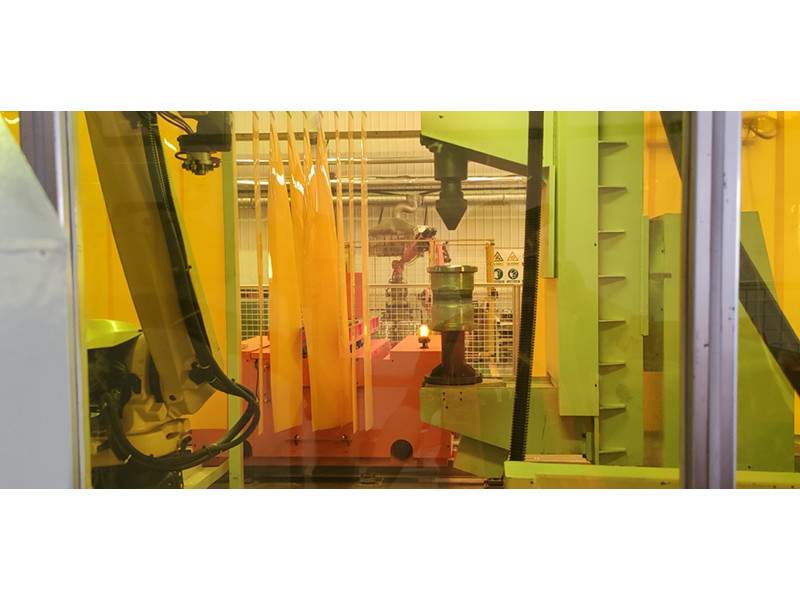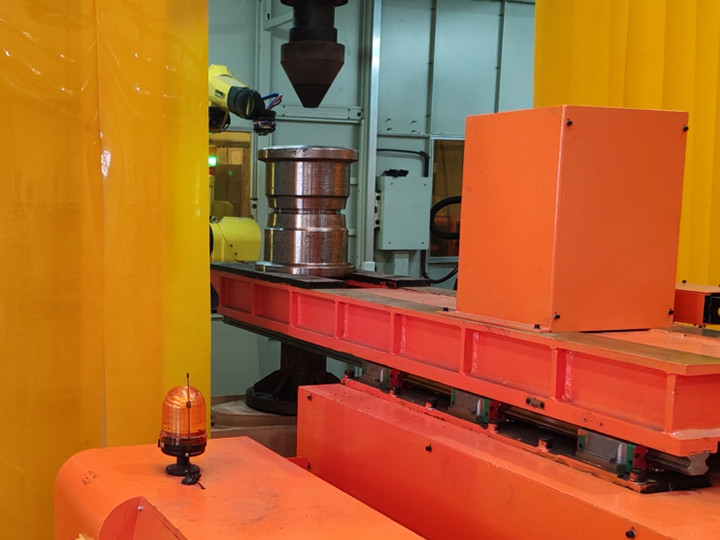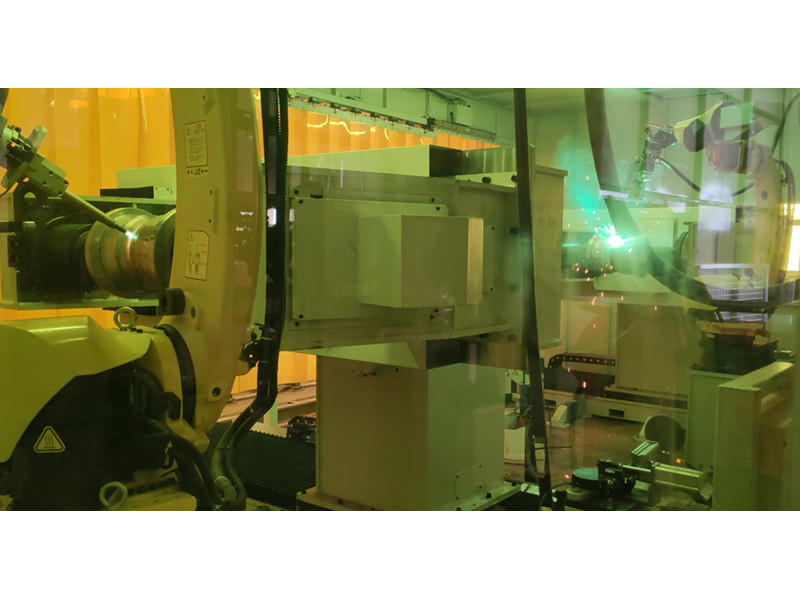A Detailed Explanation of Bicycle Frame Welding Technology: Core Processes and Practical Guides
In bicycle manufacturing, frame welding technology is the core link that determines the performance, safety, and durability of the frame. Different welding methods, material compatibility, and process flows all need to follow strict technical specifications. The following analysis is carried out from three aspects: mainstream technologies, process essentials, and quality control.
1. TIG Welding (Tungsten Inert Gas Welding)
TIG welding is known for its high precision, with a weld bead width of only about 3mm, and is suitable for high - end frames with lightweight designs. It uses a non - consumable tungsten electrode and protects the molten pool with an inert gas to ensure that the weld seam is clean, has high strength, and a fine appearance. It is an ideal choice for materials such as carbon steel and titanium alloy.
2. Fillet Brazing
Fillet brazing achieves connection by filling an alloy with a melting point lower than that of the base metal, and the weld bead is smooth with a width of about 1cm. This process has little thermal influence on the管材 and is especially suitable for steel - framed bicycles. It combines strength and aesthetics and is often used in vintage or customized models. It is regarded as an elegant process that "requires no grinding".
3. Lug Welding
The LUG technology connects the frame tubes through pre - formed sleeves. The weld bead is thin and has a classic appearance, which is often seen in handmade steel - framed bicycles. This process requires high operating skills and precise control of the fit clearance between the sleeve and the tube to create a frame that combines artistry and structural stability.
II. Compatibility Principles of Materials and Processes
- Steel Frames: Steel has good ductility and is suitable for various welding methods. It can still maintain high strength after repair. However, it is necessary to pay attention to slow cooling after welding to avoid cracking caused by residual stress.
- Aluminum Alloys: Welding is likely to cause grain coarsening in the heat - affected zone, forming weak points. Special heat treatment (such as solution aging) is required to improve performance. Therefore, repair welding is not recommended under non - professional conditions.
- Titanium Alloys: Welding requires strict isolation from oxygen and is usually completed in an argon chamber. The repaired titanium frame is prone to fatigue due to the thermal cycle and may crack again in a short period. The service life needs to be carefully evaluated.
III. Standardized Frame Welding Process
1. Pretreatment Stage
After cutting the tubes, burrs need to be removed, and the surface oxide layer should be cleaned through pickling or mechanical grinding to ensure that there are no oil stains or impurities in the welding area.
2. Precise Positioning and Clamping
Use fixtures to fix the tubes and control the butt clearance (usually ≤0.5mm) to prevent misalignment or deformation. For complex structures, a five - axis linkage welding platform can be used to achieve multi - angle precise welding.
3. Control of Welding Parameters
- Current and Voltage: The current for TIG welding of low - carbon steel is usually set at 60 - 120A, and it needs to be reduced by 20% - 30% for titanium alloys.
- Gas Protection: The purity of argon needs to be ≥99.99%, and the flow rate is controlled at 8 - 15L/min to prevent weld oxidation.
- Post - Weld Treatment: Perform stress - relieving annealing on high - stress areas, or improve the surface corrosion resistance through sandblasting and polishing.
4. Defect Detection and Evaluation
Visual inspection is used to check for surface problems such as porosity and undercutting; X - ray or ultrasonic testing is used to identify internal cracks; load testing is used to verify dynamic strength to ensure that the frame meets safety standards such as ISO 4210.
IV. Quality Improvement and Risk Avoidance
- Equipment Selection: It is preferred to use digital welding machines to reduce human errors through preset programs; robotic welding can improve efficiency and consistency, especially suitable for mass production.
- Process Optimization: The segmented back - step welding method can be used to reduce thermal deformation. For thin - walled tubes (<1.5mm), pulsed welding is recommended to reduce heat input.
- Technician Training: Welding technicians need to hold the International Welding Engineer (IWE) or equivalent qualification and participate in special certification assessments for carbon steel/titanium alloys regularly.
V. Technological Development Trends
With the upgrading of the manufacturing industry, automated welding equipment (such as five - axis linkage robots) is gradually popularized. Combined with a visual positioning system, it can achieve efficient welding of complex tubes. At the same time, new processes such as laser - arc hybrid welding have begun to be applied to high - strength steel frames, further reducing the heat - affected zone and improving the fatigue life of the joints.


